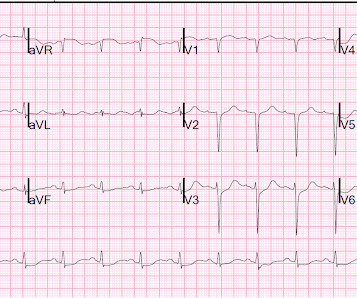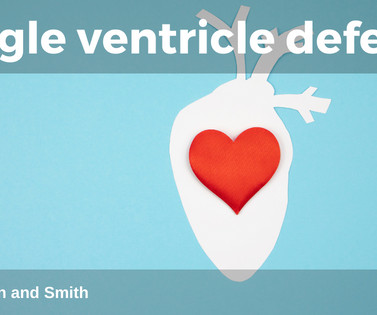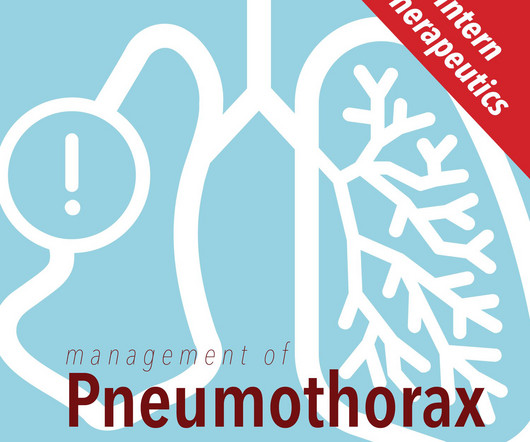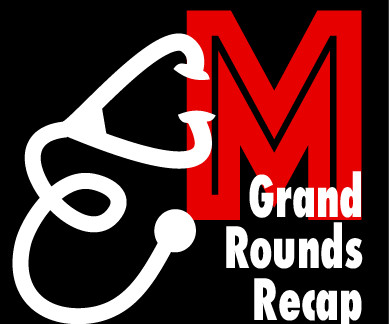Middle Aged Woman with Asystolic Cardiac Arrest, Resuscitated: Cath Lab?
Dr. Smith's ECG Blog
OCTOBER 20, 2013
Medics found her apneic and pulseless, began CPR, and she was found to be in asystole. Because the patient had asystole, was resuscitated without difficulty, and had no neurologic function, suspected a cerebral hemorrhage was suspected as the etiology of the arrest, specifically subarachnoid hemorrhage. Chicago November 2010.





















Let's personalize your content